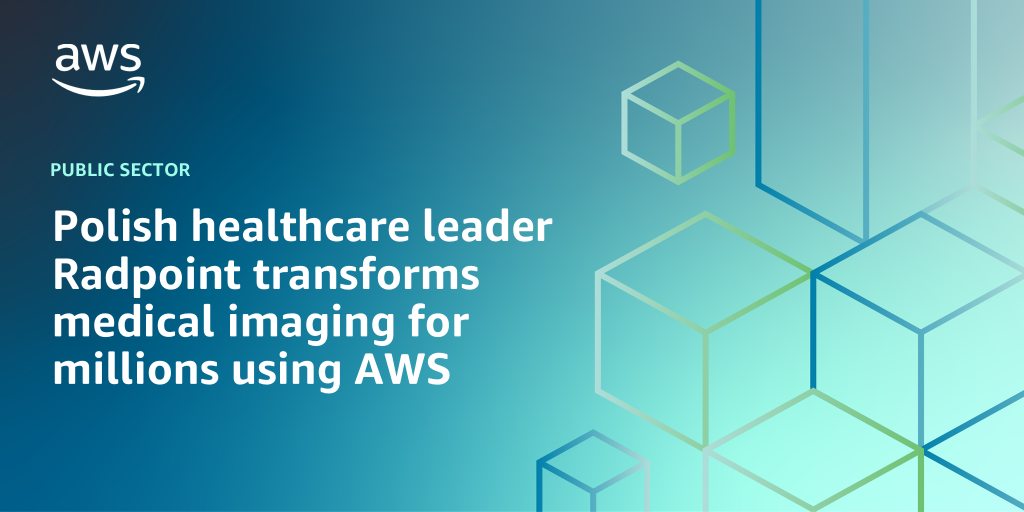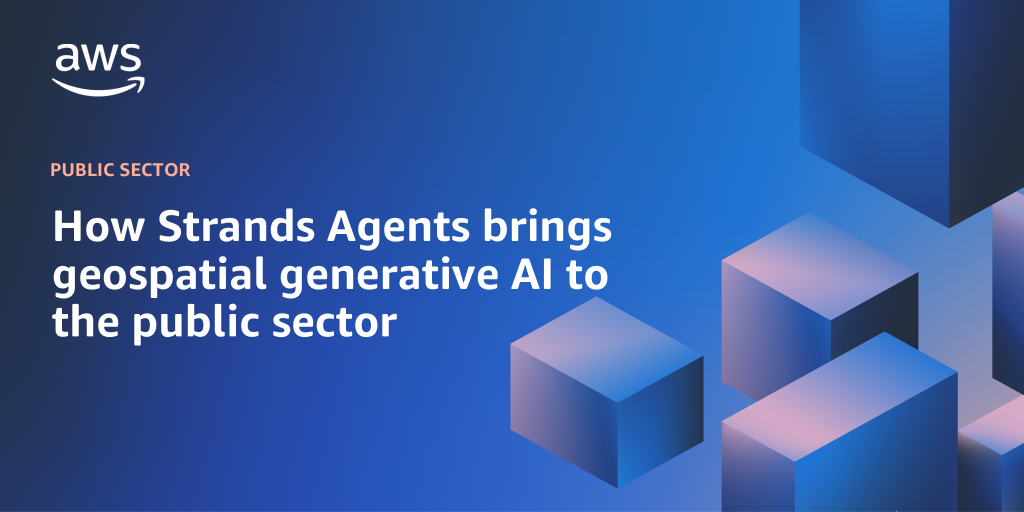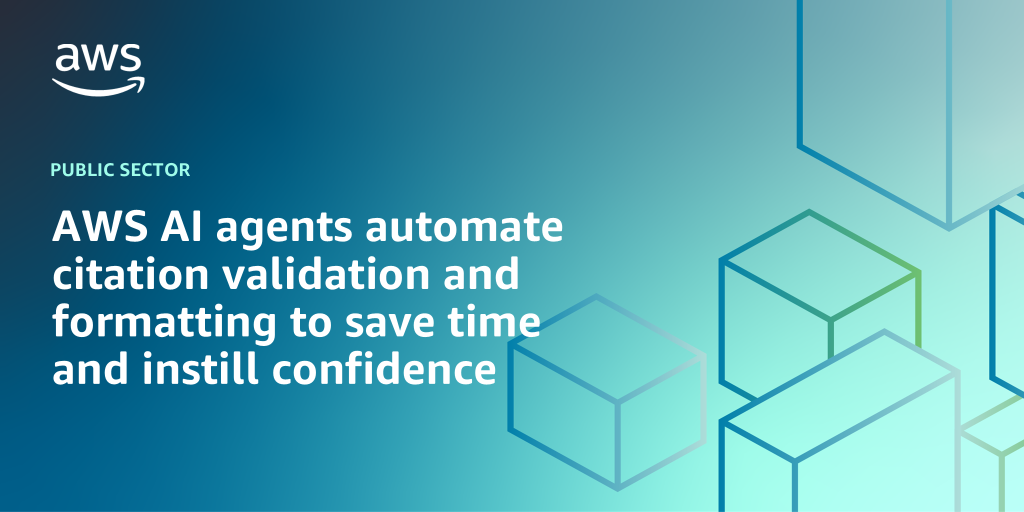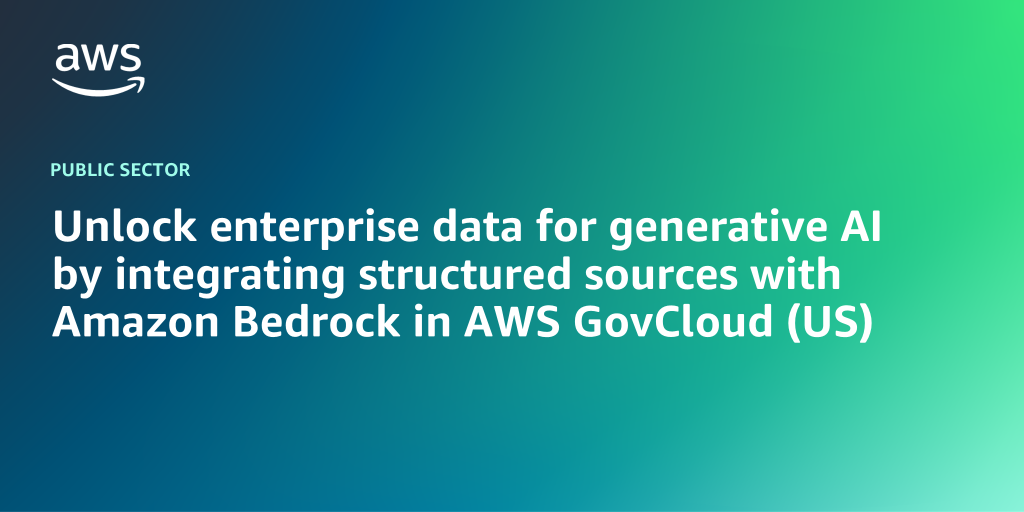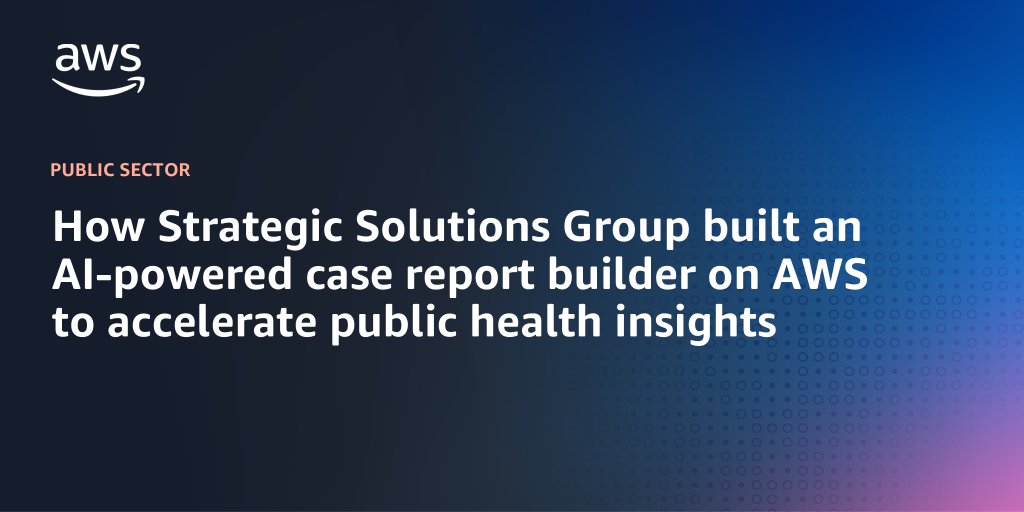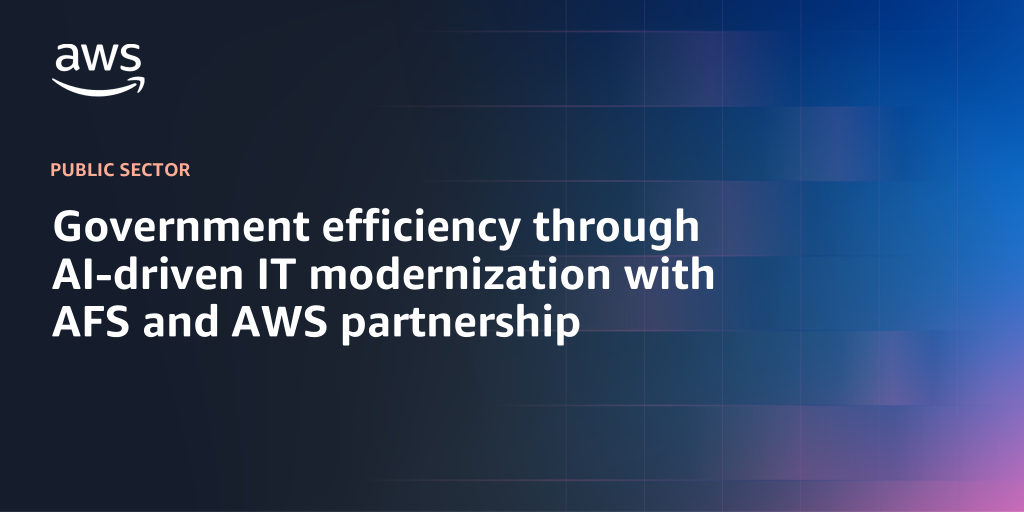AWS Public Sector Blog
Category: Artificial Intelligence
How Collier County modernized budgeting to uncover $40 million in savings with AWS and Tyler Technologies
Between rising operational costs and a population surge, Collier County, Florida, found itself facing serious budgetary pressures. For 13 consecutive years, the county had raised property taxes to keep up. But by 2023, residents were growing fatigued, and county leaders knew they needed a different solution.
Polish healthcare leader Radpoint transforms medical imaging for millions using AWS
Timely access to medical imaging can mean the difference between early detection and delayed treatment. In Poland, healthcare technology company Radpoint has revolutionized how radiologists work and how patients receive care by building a comprehensive cloud-based medical imaging platform on Amazon Web Services (AWS). Their solution demonstrates how cloud technology can transform healthcare delivery while maintaining the highest security standards.
Empowering personalized learning at scale: Loyola Marymount University’s AI course companion
Read this post to learn how Loyola Marymount University worked with AWS to develop a secure, course-specific tool called the AI Study Companion, which has earned strong faculty approval while providing students with the support they need at substantial cost savings compared to commercial alternatives.
How Strands Agents brings geospatial generative AI to the public sector
This post explores how AI agents powered by Strands Agents on AWS can transform geospatial workflows, making spatial data accessible to any government worker through natural language interactions.
AWS AI agents automate citation validation and formatting to save time and instill confidence
Now you can save time and instill confidence in documents more quickly by using Amazon Quick Automate, which creates a set of agents to complete complex business tasks with reasoning. Amazon Quick Automate is a powerful multi-agent automation capability within Amazon Quick Suite that streamlines complex enterprise processes spanning multiple departments, systems, and applications. Read this post to learn more.
Prompt engineering with PartyRock: A guide for educators
This post explores how prompt engineering—the art of effectively communicating with AI—can help educators guide their students in building powerful educational tools using PartyRock.
Unlock enterprise data for generative AI by integrating structured sources with Amazon Bedrock in AWS GovCloud (US)
In this blog post, we demonstrate how public sector organizations can overcome the challenges that emerge when integrating Amazon Redshift and other AWS relational databases with Amazon Bedrock. You’ll learn how to utilize enterprise data to generate AI-powered analytical insights by using natural language queries through Amazon Bedrock Agents and Amazon Bedrock Knowledge Bases. This custom solution enables seamless connectivity between your structured data sources and generative AI applications, eliminating the need for data duplication and significantly reducing development effort.
Building the AI-ready workforce of tomorrow
In this era of rapid technology adoption, higher education institutions face a considerable challenge. They must adopt AI to drive value for their own organization, while also fulfilling their core mission—preparing students for an AI-integrated workforce. Read this post to learn more.
How Strategic Solutions Group built an AI-powered case report builder on AWS to accelerate public health insights
In collaboration with AWS, Strategic Solutions Group LLC (SSG) successfully developed Compass, an AI-powered report builder that transforms how public health officials’ access and analyze critical data. Read this post to learn more.
Government efficiency through AI-driven IT modernization with AFS and AWS partnership
Federal agencies are at a pivotal juncture in their technological evolution. Legacy systems, some dating back to the 1960s and 1970s, continue to power essential government services while facing a challenge: the retirement of the workforce that understands and maintains them. Rebecca Wetherly, director of worldwide public sector global system integrator partners at AWS recently sat down with Denise Zheng, chief AI officer at Accenture Federal Services (AFS), to discuss how artificial intelligence (AI) and modernization can help agencies navigate this transition while improving service delivery to citizens.

